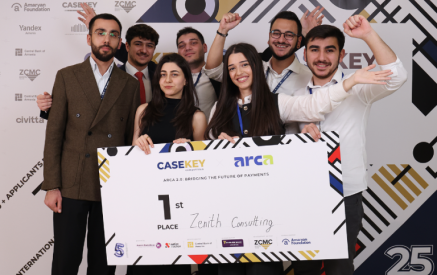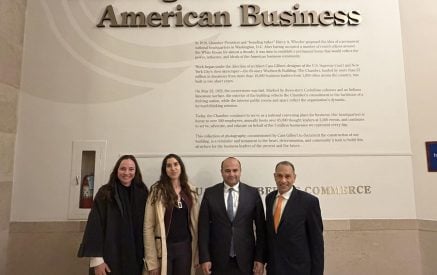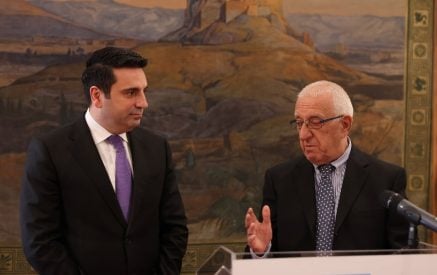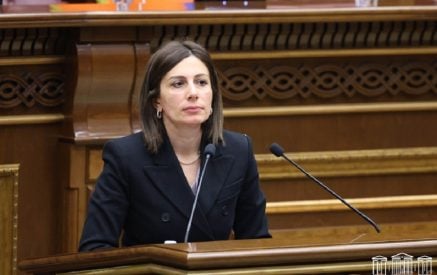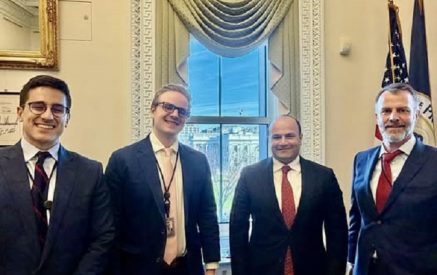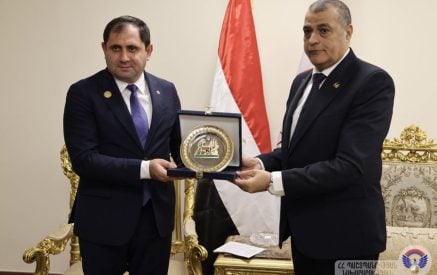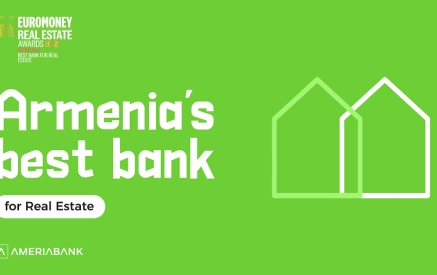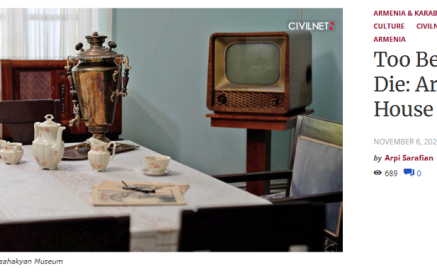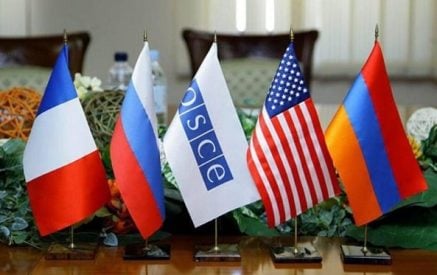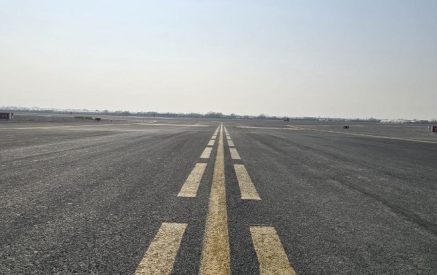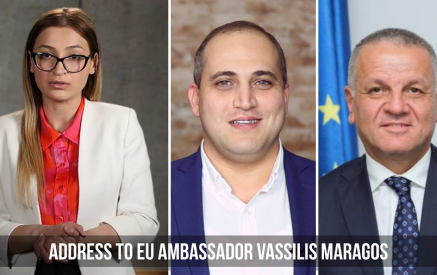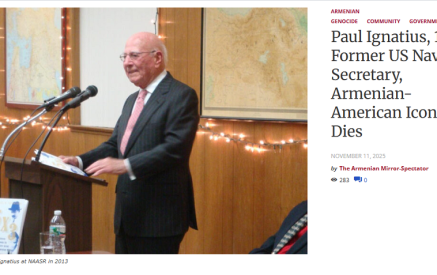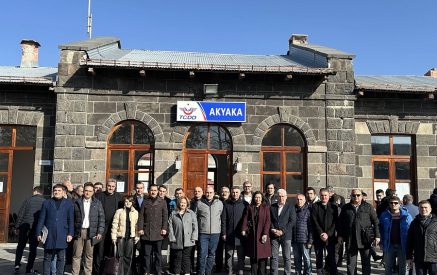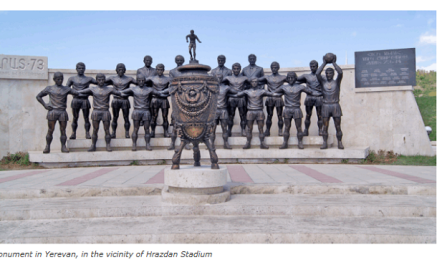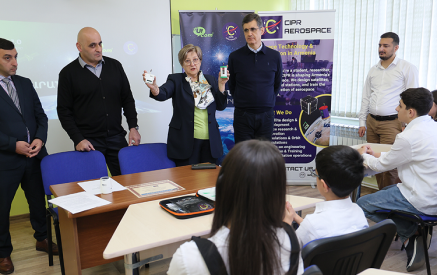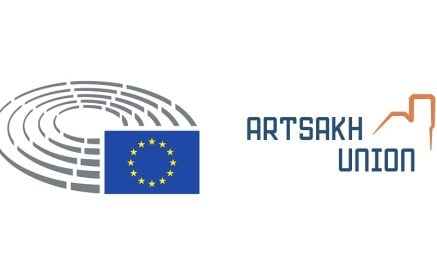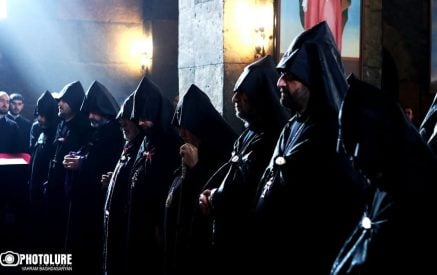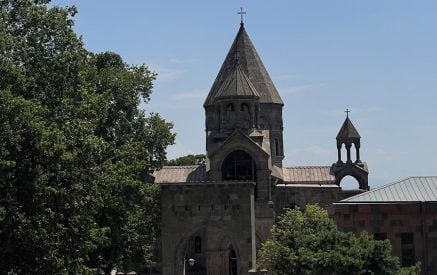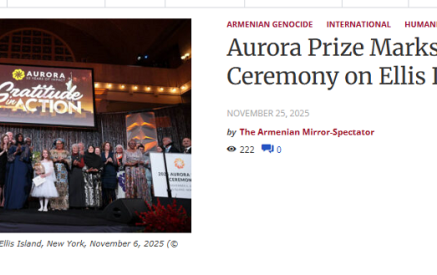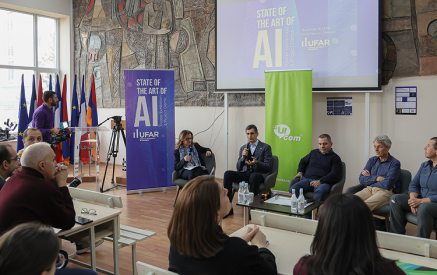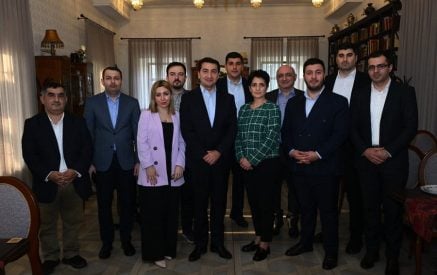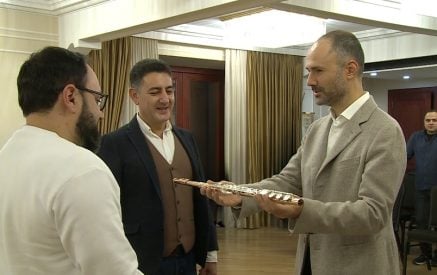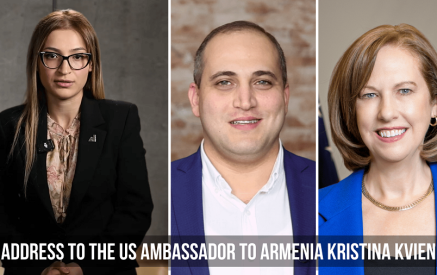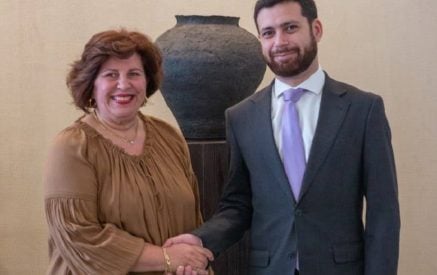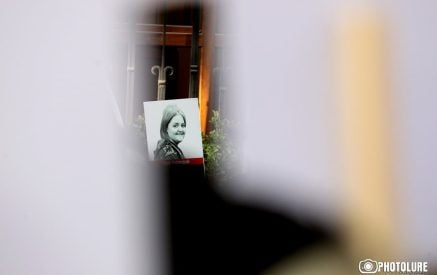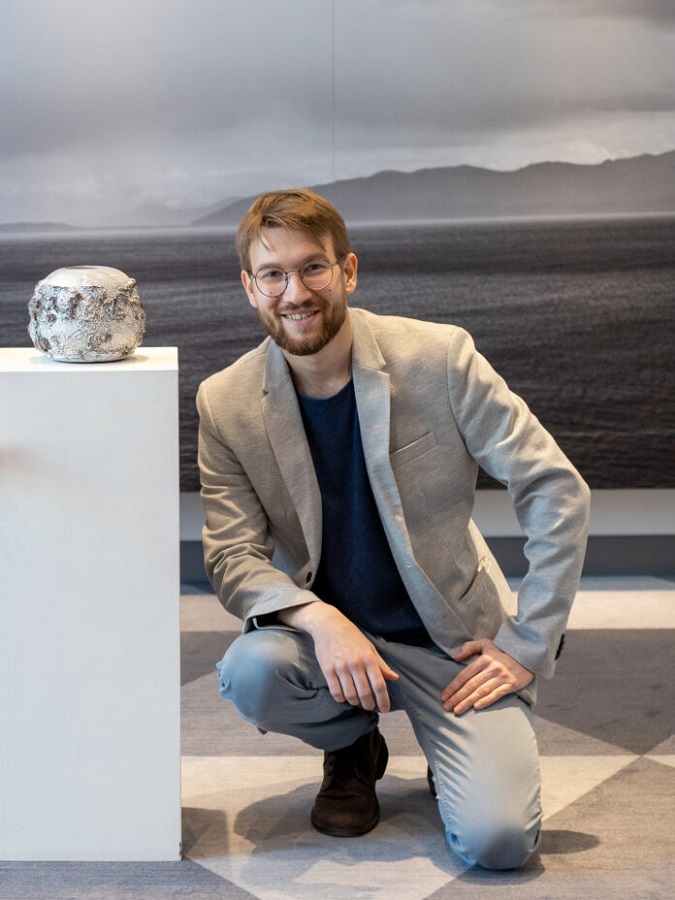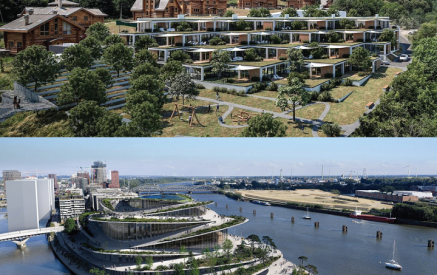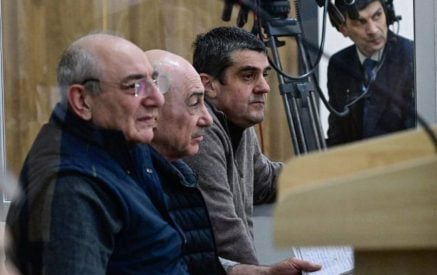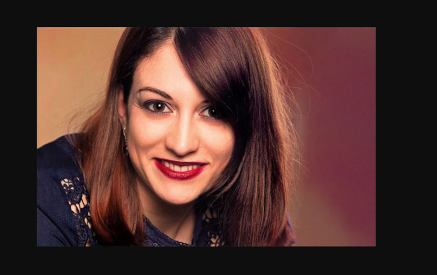by Artsvi Bakhchinyan
YEREVAN/DILIJAN – Yaro (Yaroslav) Zabavskiy is a practicing artist, visual arts teacher, and head of the Arts Department at United World College Dilijan. Originally from Moscow, his curiosity and passion for the arts have taken him on a journey across the globe. Yaro discovered his love for photography in 2007, when he was admitted to UWC Atlantic College in Wales, UK. He later studied studio (applied) arts at Earlham College in Indiana, in the US, where he developed a deep interest in ceramics.
After working at the British Higher School of Art and Design in Moscow, an opportunity arose to join the faculty at UWC Dilijan. He moved to Armenia in 2016 and has been living there happily ever since.
Read also
In his artistic practice, Yaro seeks a balance between control and letting go. He values the beauty of accidents and reflects on the natural elegance of his surroundings, shaped by the forces of nature. His work in ceramics and photography has been exhibited internationally.
Dear Yaro, ceramics and photography have become the twin guiding lights in your life. Humanity has been working with ceramics since ancient times — what new directions can ceramics take in the 21st century?
I believe that the hands-on crafts and in particular the ceramics medium are becoming increasingly popular the more we immerse ourselves and surround ourselves with digital technology. Working with clay restores our sense of touch that we abandoned when got preoccupied with scrolling and swiping; that is the most important thing. Artistically, ceramics has been steadily rising as one of the hot media for contemporary arts over the last few decades. It is now at its peak in galleries and museums around the world. Look at who represented Armenia at the 60th Venice Biennale —Nina Khemchyan with her wonderful ceramic spheres. I felt so proud when I learned about it, both as Armenian citizen and a ceramicist.
Yes, last year I admired Nina Khemchyan’s works in Venice! Yaro, you also practice analog photography. In today’s world, where classical photography is gradually declining and being largely replaced by advanced digital technologies, what drives you to continue working with film?
I would actually disagree with this statement. After its decline in the 1990s, darkroom, film-based photography has also been on the rise. More and more film and photo paper manufacturers are returning to the market; Kodak is back in business after its bankruptcy. There are even new film cameras being produced. However, what is important to note here is that darkroom photography has returned largely as an artform, an artistic medium much like print-making, not as a tool to document reality, necessarily. Advanced digital technologies will be the mainstream, of course, they are efficient at serving many purposes of our contemporary visual culture. But film photography and many so called alternative photographic processes took their niche as creative media which place value on the originality and the presence of the human hand. As in the case with ceramics, it allows people to touch, to handle and have as a result a tangible object that exists in the material world.
It will soon be 10years since you moved to Armenia. Has the local environment and culture influenced your art — and if so, how?
When I was moving to Armenia, I had no idea I would stay here for this long. But I fell in love with the country, its people, their beautiful land and their rich and vibrant culture. Much like with romantic love, the feeling grew into something deeper and I got officially “married” to Armenia by becoming its citizen in 2022. In my ceramic practice I am mostly inspired by the diverse topography and seasonal changes that I observe while travelling around Armenia. Rock formations around lake Sevan and lush greenery of Dilijan all make their way into my clay works, photography and recently — printmaking as well.
I once had the pleasure of attending your students’ exhibition at UWC Dilijan — it left a lasting impression thanks to its unique atmosphere. What makes UWC Dilijan, and teaching there, different from other similar schools?
UWC Dilijan is a unique institution where I am being empowered as an art teacher to bring out the best in my students. That empowerment happens through respect for the arts from administration, through wonderful facilities, the right tools and generous budget. But I believe one of the most important elements in this equation is trust. I am trusted to do my very best job and that trust both elevates and places a huge responsibility on me and on everyone at the school. That does not save anyone from making mistakes, by the way, but it does open a gateway to meaning and freedom and I am glad to hear that it translates to the students’ artworks.
Over the years, you’ve taught several generations of students. Are there any success stories that particularly stand out?
In the more conventional definition of a success story, I have cases every year when choosing to study the visual arts (they have a freedom to choose or not to choose an arts subject) changes their life plans and they pursue higher education in the arts with an intention to pursue a career in the world of art and design. But I also sometimes hear back from students who message me saying that they are studying medicine or law in university and continue to paint or photograph or sculpt in their free time. That to me is not less of a success story.
Most foreigners in Armenia settle in Yerevan, yet UWC Dilijan feels like an oasis. Do you consider yourself a Dilijantsi now — especially after you became an Armenian citizen?
Absolutely — yes, I totally consider myself a Dilijantsi now. While many foreigners move to Yerevan for the traffic jams, flat whites, cool bars and the joy of arguing with taxi drivers, I made the obviously superior choice: I chose Dilijan — the land of the morning mountain fog, forests and the not so guilty pleasures of village life. I know which potholes are seasonal, which butcher to go for the best chalaghaj (pork chop), which Molokan family to order dairy from. After nearly a decade here I have survived more town-wide water shutoffs than I can count and have earned the right to call myself a Dilijantsi!
Thank you for your answers, Yaro! I wish you continued inspiration in creating and teaching in an Armenia that finds peace and dignity. And may Ruben Vardanyan, co-founder of UWCD, return soon from imprisonment, along with all other Armenian detainees.
Thank you! All of my prayers are now with Ruben Vardanyan and his family. May he and every single Armenian illegally detained in Baku return to their homeland as soon as possible.


